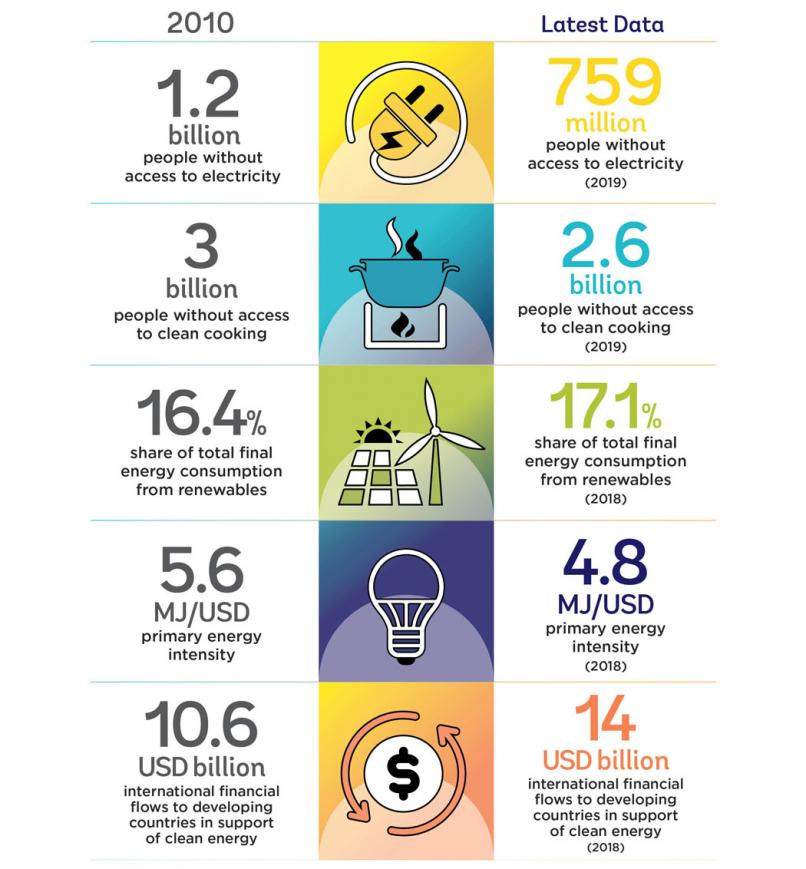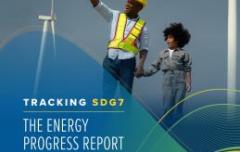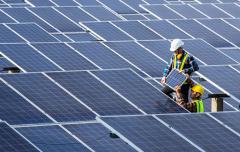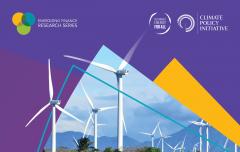Five takeaways from Tracking SDG7: The Energy Progress Report 2021
759 million people lack access to electricity and 2.6 billion people are unable to cook cleanly – numbers that are expected to get worse because of COVID-19
Every year, the release of Tracking SDG7: The Energy Progress Report is anticipated by Sustainable Energy for All (SEforALL) and those pushing for a clean, equitable energy transition.
The annual report tracks global, regional and country progress on the Sustainable Development Goal 7 (SDG7) targets of access to electricity and clean cooking, renewable energy and energy efficiency. By doing so, Tracking SDG7 offers a clear picture of how far we still need to go to ensure clean, affordable energy for all by 2030.
Knowing where the world stands on SDG7 is especially important this year in the context of COVID-19 and the role energy access plays in fighting the pandemic. Health centres need reliable electricity to treat patients. Powered cold chains are needed to keep vaccines at the required temperatures as they are distributed to communities, both urban and rural. And access to clean cooking solutions reduces exposure to indoor air pollution that increases vulnerability to COVID-19 and other illnesses.
Energy is essential for powering economic activities and providing a just, healthier and more prosperous future for all. COVID-19 has stalled progress being made by developing countries, and a lack of energy access will compromise their ability to recover.
With this in mind, the latest findings of Tracking SDG7, which uses data from 2019 and earlier, are worrying. According to the report, 759 million people globally still lack access to electricity and 2.6 billion people are unable to cook cleanly and safely.
Speaking on the release of the report, Damilola Ogunbiyi, CEO and Special Representative of the UN Secretary-General for Sustainable Energy for All (SEforALL), and Co-Chair of UN-Energy, said:
“The latest Tracking SDG7 findings should serve as a wake-up call to the global community. So many development goals hinge on access to clean, affordable energy – from creating new economic opportunities to securing gender equality to addressing climate change. Countries without energy access will fall further behind because of the pandemic, which is why we need 2021 to be a year of ambitious action on energy access and transition.
The UN’s High-level Dialogue on Energy this September is an opportunity for countries, companies and other stakeholders to demonstrate their commitment to this global goal with Energy Compacts that capture concrete and ambitious actions towards achieving SDG7.”
Here are our five takeaways and supporting data from this year’s Tracking SDG7 report:
1. Incremental progress on electricity access will be undone by COVID-19 unless we act fast
According to Tracking SDG7, the global electricity access gap narrowed only slightly with uneven progress across regions. In 2018, there were 789 million people worldwide without electricity access, whereas in 2019 there were 759 million.
We were already seeing slow progress on electricity access before COVID-19, and the pandemic will set us back further. For example, the International Energy Agency (IEA) has estimated that by the end of 2020, 25 million people in developing Asia and Africa may have lost the ability to afford an essential bundle of electricity services.
Accounting for current and planned policies and the COVID-19 crisis, 660 million people will still be unelectrified in 2030, according to the IEA’s Stated Policies Scenario.
2. Minimal annual gains in clean cooking access make universal access by 2030 improbable
The report finds very little movement on access to clean cooking with 2.6 billion people without clean cooking access in 2019, compared to 2.8 billion in 2018.
In the last decade, the percentage of the global population with access to clean fuels and technologies for cooking has risen by only 9 percentage points, from 57 percent in 2010 to 66 percent in 2019.
A threefold increase will be required between now and 2030 to achieve the goal of universal access – from the 1.0 percentage point average annual increase in the last decade.
Based on current trends without policy changes, 2.4 billion people will still be left without access to clean cooking by 2030, about half of those remaining without access residing in Sub-Saharan Africa [1] and a quarter in Eastern Asia and South Eastern Asia [2].





